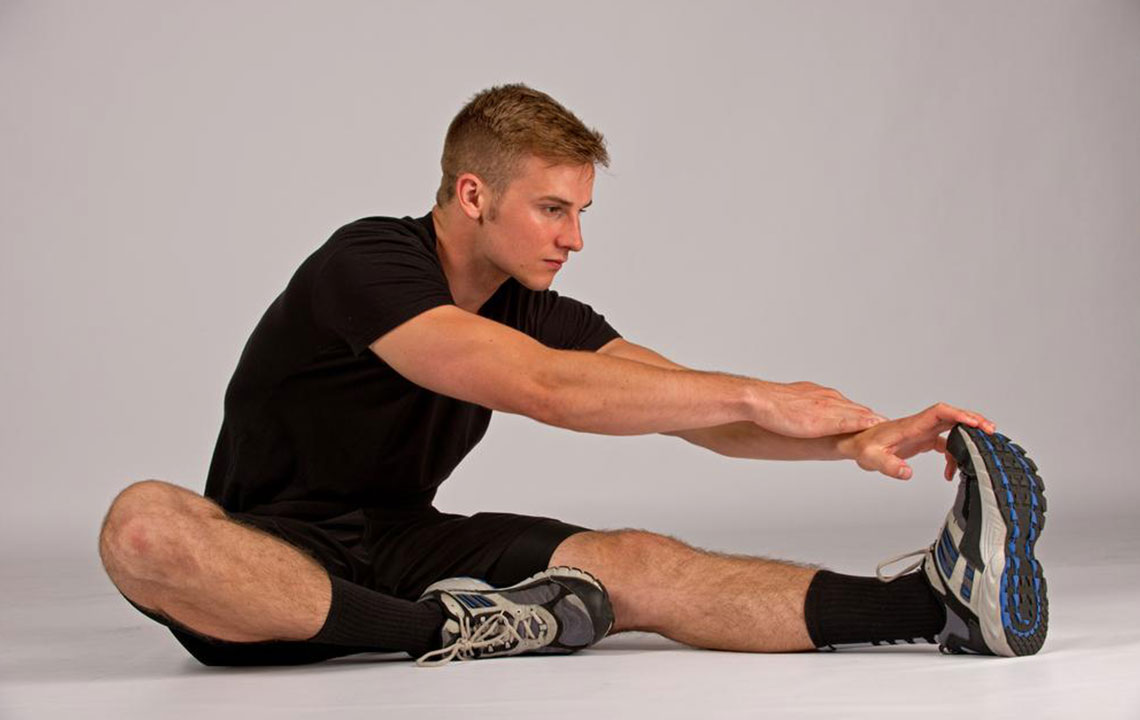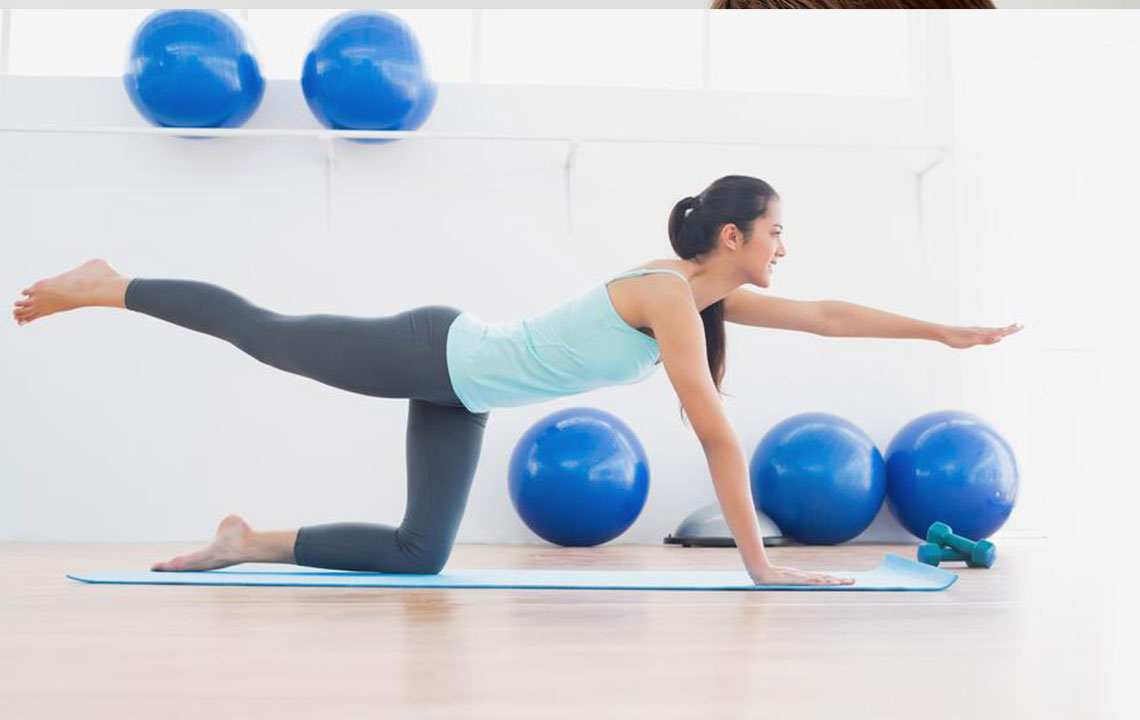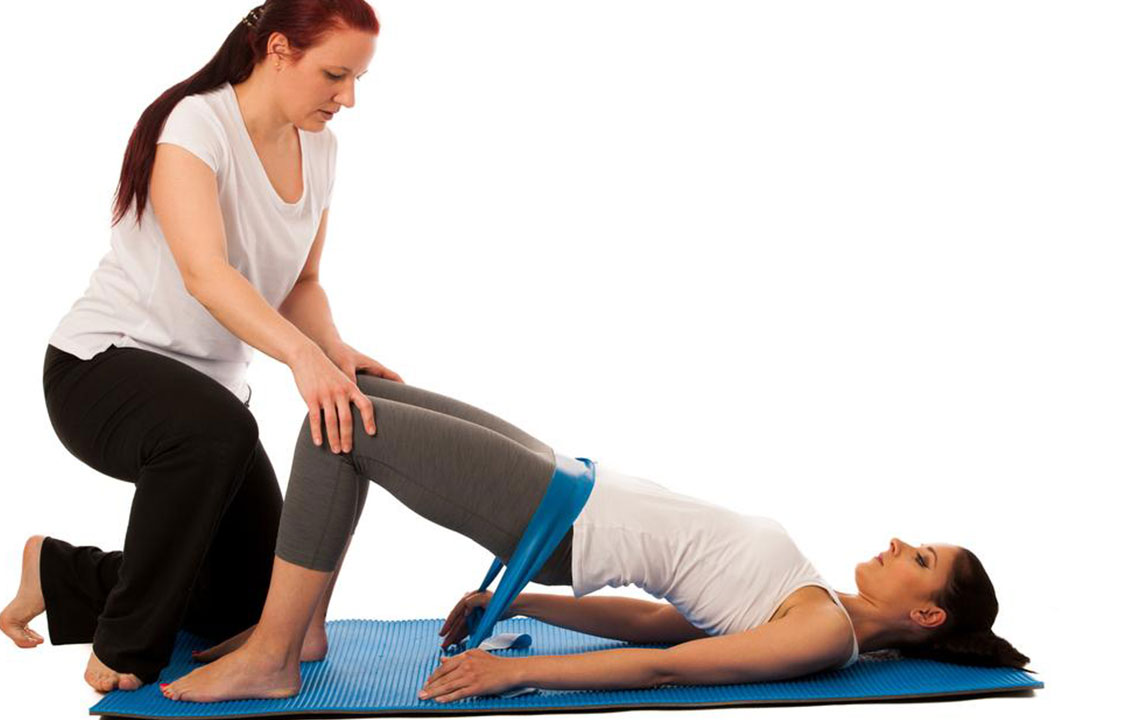Natural Strategies to Strengthen Your Pelvic Floor Muscles Without Equipment
Discover natural and effective ways to strengthen your pelvic floor muscles without using devices. This comprehensive guide highlights simple exercises like quick contractions, controlled squeezes, yoga poses, and everyday movements to boost pelvic strength, support pelvic organs, and improve urinary control. Suitable for all fitness levels, these techniques can be seamlessly integrated into daily routines for lasting health benefits and enhanced quality of life.

Comprehensive Guide to Enhancing Pelvic Floor Strength Naturally
Maintaining optimal pelvic floor health is essential for women of all ages, especially for those experiencing issues such as urinary incontinence or pelvic organ prolapse. The pelvic floor muscles are a group of muscles located at the bottom of the pelvis, supporting critical organs like the bladder, uterus, and rectum. Strengthening these muscles can improve urinary control, sexual health, and overall pelvic stability. While many turn to Kegel exercises or use specialized pelvic floor devices, there are numerous effective, natural ways to enhance pelvic muscle strength without relying on any external equipment.
In this comprehensive guide, we will explore various simple, yet powerful, techniques you can incorporate into your daily routine to bolster your pelvic muscles safely and effectively. These methods are accessible, require minimal space and equipment, and can be adapted for all fitness levels.
Understanding the Importance of Pelvic Floor Strength
The pelvic floor muscles serve as the body's core support system at the base of your pelvis. They play a critical role in maintaining continence, supporting pelvic organs, and contributing to core stability. Weak pelvic muscles can lead to a range of health issues, including urinary leaks, pelvic organ prolapse, and even lower back pain. Therefore, strengthening these muscles is vital for maintaining quality of life, especially for women post-pregnancy, during menopause, or those experiencing pelvic discomfort.
Traditional Methods vs. Natural Exercises
While techniques such as Kegel exercises and pelvic floor training devices are widely recommended, they sometimes require guidance or can feel monotonous. Many individuals seek more natural or holistic approaches that can be seamlessly integrated into daily activities without needing special equipment or extensive instruction. The exercises outlined below emphasize controlled movements, endurance, and functional strengthening, making them suitable for a broad range of individuals.
Effective Natural Techniques to Strengthen Pelvic Muscles
Rapid Contractions (Fast Flicks) – This involves quickly contracting and relaxing your pelvic muscles. To do this effectively, lie down in a comfortable position initially to eliminate gravity's influence, allowing you to focus on the muscle engagement. Perform multiple quick squeezes in succession, with each lasting only about one second. This method helps improve muscle responsiveness and reflexes.
Controlled Squeezes (Slow Holds) – These exercises require you to squeeze the pelvic muscles gently and hold the contraction for about 3 to 5 seconds before slowly releasing. Repeat this cycle for several minutes. Controlled squeezing helps build muscle strength and endurance, which are essential for supporting pelvic organs over time.
Endurance Training – Similar to controlled squeezes, endurance training involves sustained contractions where you clench the pelvic muscles and maintain the tension for longer periods, up to 10 seconds. Aim to gradually increase the duration as your strength improves. These exercises are excellent for developing the stamina needed for daily activities.
Bridge Pose (Yoga Integration) – The bridge pose is a beneficial yoga posture that engages the pelvic and core muscles. Lie on your back with knees bent, feet flat on the floor, and arms at your sides. As you lift your hips towards the ceiling, actively engage your pelvic muscles. Hold at the top for a few seconds before slowly lowering. Regular practice enhances pelvic stability and core strength.
Clamshell Exercises – Lie on your side with knees bent at a 45-degree angle. Keep your feet together and lift the top knee while keeping your pelvis stable. Perform multiple repetitions, mimicking the movement of opening a clamshell. This exercise targets the outer hip and pelvic muscles, improving overall strength and stability.
Daily Consistency – The key to success is regular practice. Incorporate these exercises into your daily routine, ideally performing them at the same times each day to develop a habit. Consistency yields noticeable improvements in muscle tone, control, and support.
Tips for Maximizing Results Safely
Before beginning any pelvic floor regimen, ensure your bladder is empty to prevent discomfort. Find a quiet, comfortable space where you can focus without interruptions. Proper technique is crucial—perform exercises slowly and deliberately, focusing on correct engagement of the pelvic muscles. It’s normal to feel some fatigue or mild muscle soreness, but avoid overexertion, which can cause strain or injury.
If you’re uncertain about your technique or experience persistent discomfort, consult a healthcare professional or a pelvic floor specialist for guidance. They can help tailor exercises to your specific needs and ensure you’re performing them correctly.
The Benefits of Manual Exercises Over Devices
Many people are unaware that manual exercises can be equally effective as device-assisted routines, with the added advantage of privacy and simplicity. With consistent practice, these exercises can lead to improved pelvic control, reduced incontinence, and enhanced organ support without the need for external tools or gadgets. This approach is particularly beneficial for individuals living in remote areas or those who prefer natural, low-cost training methods.
Integrating Pelvic Floor Exercises into Daily Life
To maximize success, integrate pelvic floor exercises into your daily schedule. For instance, perform quick contractions during your commute, controlled squeezes while sitting at your desk, or bridge poses during yoga sessions. Over time, these small, consistent efforts can lead to significant health benefits and improved quality of life.
Conclusion
Building a stronger pelvic floor doesn't require complex routines or expensive equipment. By adopting simple, effective exercises like rapid contractions, controlled squeezes, endurance training, yoga poses, and functional movements like clamshells, you can enhance your pelvic muscle strength naturally. Remember, patience and consistency are key. With diligent practice and proper technique, you'll notice improvements in urinary control, pelvic stability, and overall well-being, empowering you to live a healthier, more comfortable life.




